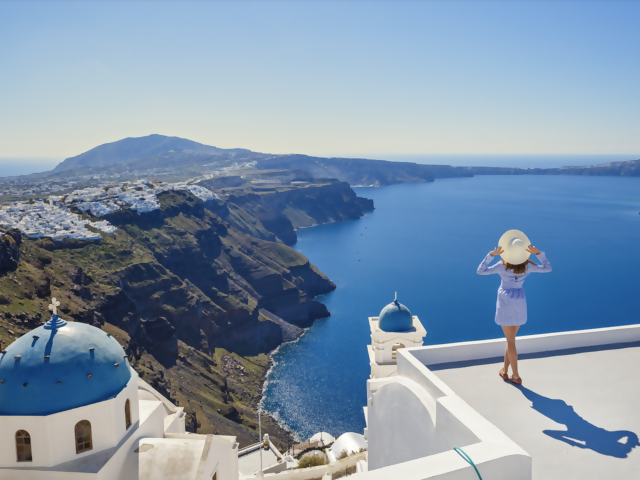Remember the saying for those of us who love to experience nature when we travel: “Take only pictures and leave only footprints.” Well, we have another piece of advice for responsible travelers – one you may find surprising. Social media has fueled a boom in “rock-stack art.” But now a crescendo of voices – from park rangers to indigenous communities – is asking everyone to leave the stones alone.
The rock-stacking trend, and its downside
They look harmless, peaceful, even. A few hand-sized rocks, stacked into a tidy little tower beside a trail or on a windswept beach. Photos of gravity-defying towers on coastlines, riverbeds, and national parks inspire imitation. You may have already built a stone stack yourself.
But that tiny “I was here” marker can ripple into real harm.
Around the world, a growing group of concerned experts stress that building stone stacks (also called cairns) damages fragile environments, erodes soils, disturbs habitats, jeopardizes trail safety and makes light of ancient cultural traditions.
Communities, conservationists, rangers and indigenous groups are responding: on Scotland’s Isle of Skye, locals dismantled hundreds of tourist stacks at the Fairy Glen to restore the natural landscape. In North America, volunteers in national and provincial parks regularly remove unauthorized piles.
Here’s why:
- Erosion & soil loss. Stones help anchor fragile alpine and coastal soils. Removing them accelerates erosion.
- Habitat disruption. Small animals and insects rely on rocks for cover and moisture.
- Navigation risks. In landscapes where cairns are still in use as way-markers, fake piles can send travelers off course.
- “Natural Graffiti.” Any human change to the landscape takes away from its natural integrity for the people coming behind you. Some compare the urge to mark where you’ve been with a stone stack, like people vandalizing buildings with graffiti.
- Cultural disrespect. Faux inuksuit in Canada or casual piles near Hawaiian ahu can overshadow authentic heritage.
What stone piles mean in different lands.
Across cultures and countries, stacked stones carry deep, sometimes sacred meanings:
Canada’s Arctic – Inuksuit. Inuit communities have built inuksuit (singular: inuksuk), human-shaped stone markers, for millennia across the Arctic. These were used for navigation, to mark hunting grounds, or as spiritual and communal symbols. The inuksuk has even been adopted as a broader emblem of Canadian identity—famously featured in the Vancouver 2010 Winter Olympics logo. Building casual stone figures risks diluting or trivializing their meaning and can be seen as cultural appropriation.
Scotland & Iceland – Cairns and Varoa. Traditional cairns historically marked safe routes across moors and lava fields. In Iceland, official cairns still guide hikers; creating new ones is illegal and potentially dangerous because they can mislead travelers. They became part of Iceland’s folk heritage, and many historic cairns are now protected as cultural monuments; it’s illegal to build new ones, risking misdirection and damage to fragile moss and lichen.
Hawai‘i – Ahu and Heiau. Indigenous Hawaiian stone structures, such as ahu (altars or shrines) and heiau (temple platforms), are sacred. Tourists stacking stones nearby can confuse authentic heritage features or cause unintentional disrespect.
Global echoes. From Buddhist stupas in Asia to wayfinding markers in the Alps, stone structures are part of long traditions.
Casual tourist stone stacks jeopardize the environment, vital wayfaring in remote areas and cultural artifacts with “vacation art projects…” or even “natural graffiti.”
Is there a better way?
If you’re drawn to the meditative ritual of stacking or interacting with nature, choose low-impact alternatives: arrange fallen leaves, trace shapes in sand, or photograph stones as they naturally rest.
START YOUR NATURE TRIP!
Image: Getty
All rights reserved. You are welcome to share this material from this page, but it may not be copied, re-published, broadcast, rewritten or redistributed.







